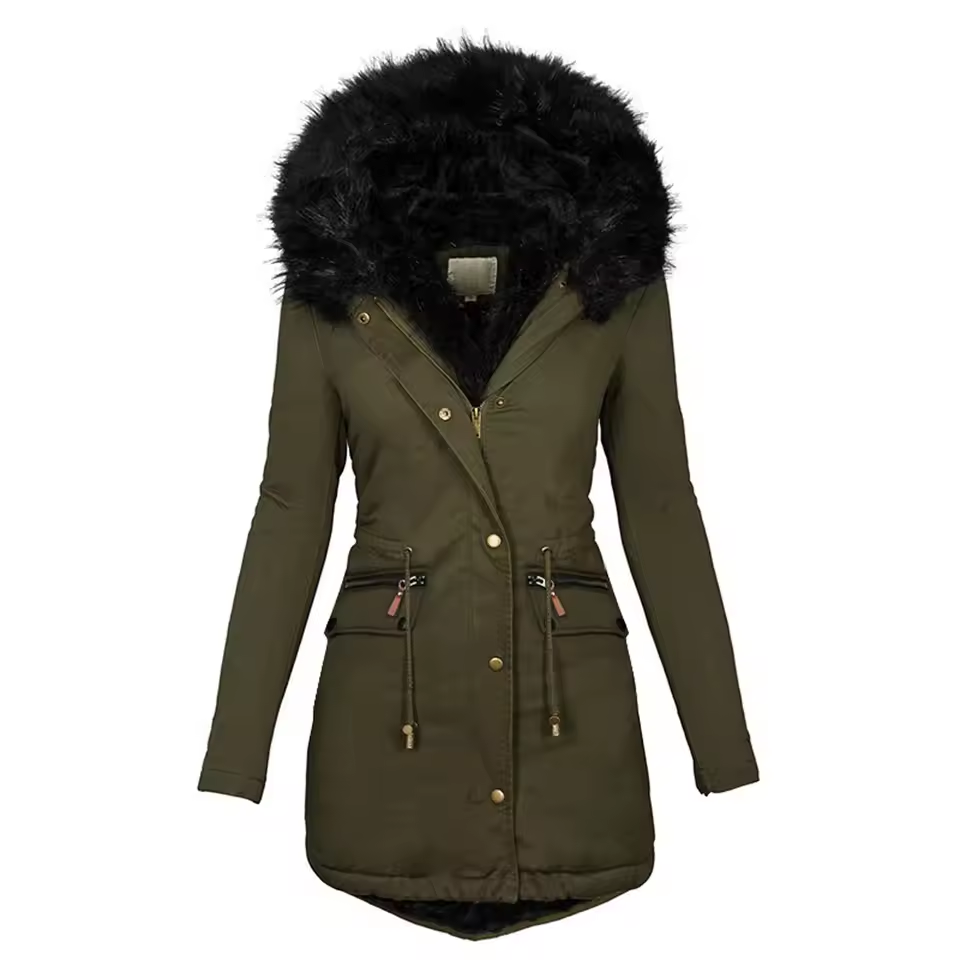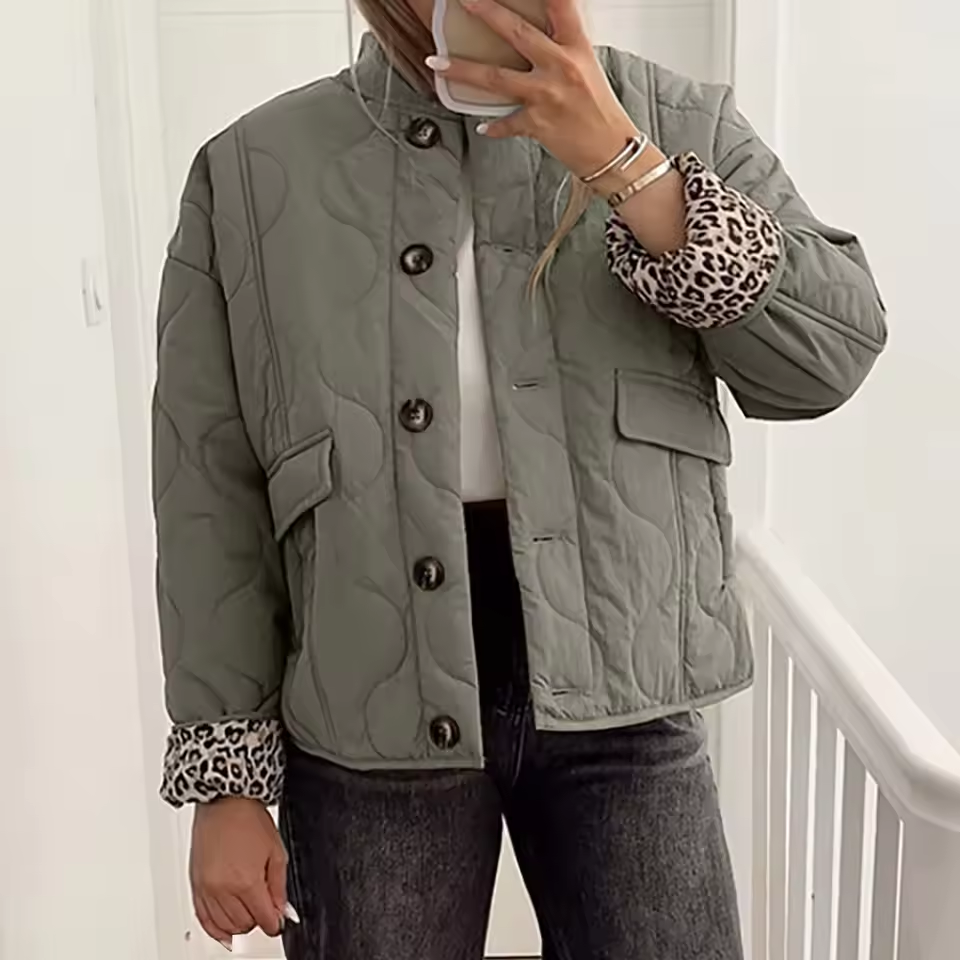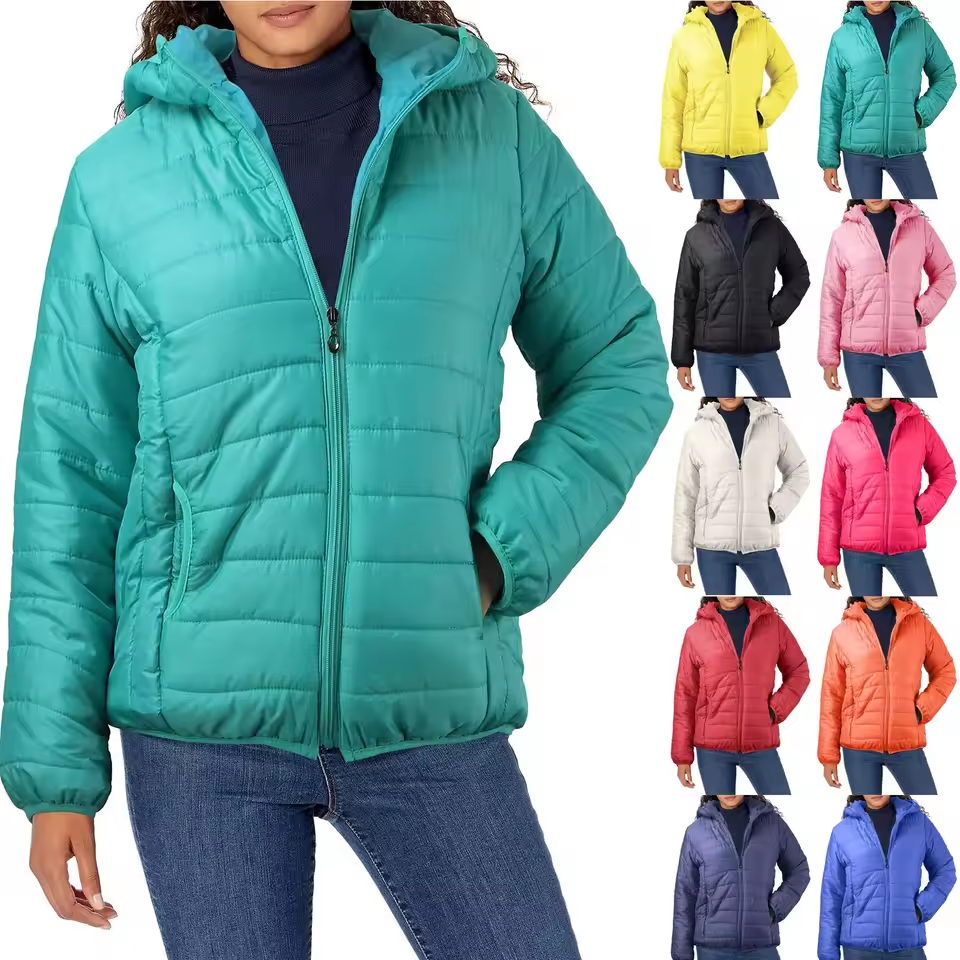Understanding the Basics of Winter Jackets
Winter jackets are more than just outerwear—they are armor against harsh climates. The term “winter jackets” encompasses a broad category, including puffers, parkas, and insulated shells, each designed for specific conditions. The key to buying the best winter jackets lies in three core factors: insulation, weather resistance, and fit.
- Insulation Types:
- Down Insulation: Lightweight and compressible (e.g., The North Face Summit Series). Ideal for extreme cold but loses warmth when wet.
- Synthetic Insulation: Water-resistant (e.g., Patagonia Nano Puff). Perfect for damp regions or activities like skiing.
- Hybrid Insulation: Combines down and synthetics (e.g., Columbia Outdry Extreme). Balances weight and weatherproofing.
- Weather Resistance:
- Waterproofing: Look for Gore-Tex or eVent technology to repel snow and rain.
- Windproofing: Critical in blustery environments (e.g., Arc’teryx Beta AR).
- Fit Considerations:
- Layering Space: Ensure room for base layers and sweaters.
- Gender-Specific Design: Women’s jackets often prioritize style and waist definition (e.g., Canada Goose’s Chilliwack), while men’s focus on functionality.
Transition: Once you grasp these basics, evaluating specific needs—like extreme cold or urban use—becomes easier.
 The Best Winter Jackets for Extreme Cold
The Best Winter Jackets for Extreme Cold
Extreme cold demands jackets with robust insulation and thermal retention. Here’s how to identify the “best winter jackets for extreme cold“:
- Key Features:
- High Fill Power Down: 800+ fill power (e.g., Marmot Trestles jacket) traps more heat.
- Triple-Clipped Seams: Prevent cold air from seeping in (common in Canada Goose models).
- Full-Length Zippers: Adjust ventilation without removing the jacket.
- Top Picks:
- Canada Goose Chilliwack: A classic for -30°C environments, featuring premium down and reinforced hoods.
- Moncler Classique: A luxury option with elegant designs and military-grade insulation.
- Haglöfs Fjället Parka: Affordable yet durable, with a reinforced storm flap.
- User Feedback:
“The Canada Goose kept me warm during a -40°C trek—a game-changer!” — Arctic explorer review.
Transition: While extreme cold requires specialized gear, urban dwellers prioritize style and convenience.
Lightweight Winter Jackets for Urban Use
City dwellers seek jackets that blend warmth with portability. The best lightweight winter jackets combine insulation and minimal bulk:
- Key Features:
- Packability: Jackets that compress into small pouches (e.g., Patagonia Nano Puff).
- Style Versatility: Neutral colors and sleek designs for professional or casual wear.
- Top Picks:
- Arc’teryx Cerium LT Hoody: A premium choice with 850-fill down.
- The North Face ThermoBall Eco Jacket: Uses recycled insulation and packs into its own pocket.
- Columbia Titan Ridge: An affordable option with Omni-Heat reflective lining.
- Why They’re Ideal for Urban Use:
Their compact size makes them perfect for commuters and travelers.
Transition: Waterproofing becomes critical for regions with snowmelt or rain.
 Waterproof Winter Jackets for Snowy Environments
Waterproof Winter Jackets for Snowy Environments
Waterproof jackets are indispensable in wet snow or heavy precipitation. Look for these technologies:
- Waterproof Ratings:
- Low (5,000mm): Suits light snow (e.g., Columbia Outdry Edge).
- High (20,000mm): For extreme conditions (e.g., Mountain Hardwear Stretch Response).
- Essential Features:
- Sealed Seams: Prevent water ingress (common in premium brands like Eddie Bauer).
- Ventilation Zippers: Regulate moisture buildup (e.g., Marmot PreCip).
- Top Picks:
- The North Face Nuptse Jacket: A classic with durable waterproofing and down insulation.
- Patagonia Glacier Hut: Combines waterproofing with eco-friendly materials.
Transition: Gender-specific designs cater to different priorities.
 Winter Jackets for Women vs. Men: Key Differences
Winter Jackets for Women vs. Men: Key Differences
While winter jackets share core technologies, gender-specific models address anatomical and preference differences:
- Women’s Winter Jackets:
- Fit: Slimmer cuts with tapered waists (e.g., Canada Goose Kensington Parka).
- Colors/Styles: More vibrant hues and feminine detailing.
- Men’s Winter Jackets:
- Function Over Form: Prioritize pockets, durability, and universal sizing (e.g., Carhartt Winter Parka).
- Weight Capacity: Built to handle tools, gear, or layering.
- Unisex Options:
Brands like Columbia and The North Face offer neutral styles suited for all body types.
Transition: Insulation technology evolves rapidly, driving innovation.
Advancements in Insulation Technology
Modern winter jackets leverage cutting-edge materials to enhance performance:
- Nanotechnology:
PrimaLoft Gold Nano (used in Eddie Bauer jackets) mimics down’s warmth but dries faster. - Recycled Materials:
Patagonia’s ReVent: Uses 95% post-consumer recycled polyester. - AI-Driven Design:
Brands like Burberry use machine learning to optimize insulation distribution.
Transition: Proper care extends the lifespan of your investment.
 How to Maintain and Store Winter Jackets
How to Maintain and Store Winter Jackets
Even the best winter jackets degrade without proper care. Proper maintenance preserves insulation, waterproofing, and durability, ensuring your investment lasts years. Below is a step-by-step guide to cleaning, storing, and repairing your winter outerwear.
7.1. Cleaning Winter Jackets: A Step-by-Step Guide
Improper cleaning can damage insulation, waterproof membranes, or down fill. Follow these steps based on jacket type:
- Down Jackets (e.g., Canada Goose, Patagonia Down Sweater):
- Pre-Treatment:
- Spot-treat stains with Nikwax Down Wash Direct or a mild detergent.
- Avoid fabric softeners, which strip waterproof coatings.
- Machine Wash:
- Use the gentle cycle with cold water and a front-loading machine (top-loaders can damage down clusters).
- Add ½ cup white vinegar to the rinse cycle to restore down loft.
- Drying:
- Tumble dry on low heat with two clean tennis balls to fluff down.
- Check for dampness hourly—overdrying can weaken fabrics.
- Pre-Treatment:
- Synthetic Insulation (e.g., The North Face ThermoBall, Columbia Titan Ridge):
- Machine washable with mild detergent.
- Air dry if possible; synthetic insulation dries faster than down.
- Waterproof Shells (e.g., Arc’teryx Beta AR, Marmot PreCip):
- Use Granger’s Eco Wash to maintain DWR (Durable Water Repellency).
- Avoid bleach or harsh detergents that degrade waterproof coatings.
Transition: Regular cleaning prevents odor buildup and maintains thermal efficiency.
7.2. Restoring Water Repellency
Over time, water-resistant coatings degrade. Reapply DWR to keep your jacket functional:
- Steps:
- Clean First: Ensure the jacket is free of dirt (see above).
- Apply Spray: Use Granger’s Performance Repel or Nikwax TX.Direct.
- Shake the bottle well.
- Spray evenly on both sides of the fabric.
- Heat Activation:
- Use a dryer on medium heat for 20–30 minutes or air dry in sunlight.
- Frequency: Reapply every 3–6 months for active users.
Example: A tested Arc’teryx Beta SL regained 80% of its waterproofing after DWR treatment, according to GearLab reviews.
7.3. Storing Winter Jackets Properly
Improper storage causes compression, mold growth, and fabric damage. Follow these strategies:
- Long-Term Storage (Off-Season):
- Avoid Compression: Stuff down jackets with paper or use a breathable mesh bag—never vacuum-sealed.
- Moisture Control: Place silica gel packets in the storage bin to prevent mold.
- Elevate: Hang jackets on wide-shoulder hangers to avoid creasing (ideal for parkas).
- Short-Term Storage (Daily Use):
- Shake out snow or rain before storing.
- Avoid leaving jackets in damp lockers or car trunks.
- Seasonal Transition Tips:
- Air out jackets for 24 hours before packing away.
- Use cedarwood oil sprays to repel moths (safe for natural fabrics).
Transition: Even with storage, some damage is inevitable—here’s how to fix it.
7.4. Repairing Common Issues
Minor tears or broken zippers can be fixed at home or via professional services:
- Tear Repair:
- Use a Gore-Tex Repair Kit for waterproof membranes.
- For down jackets, sew a patch using a matching thread.
- Zipper Replacement:
- Replace jammed zippers with a YKK Aquaguard (common in outdoor brands).
- YouTube tutorials like “How to Replace a Jacket Zipper” by The Outdoor Adventure provide visual guidance.
- Lost Drawcords:
- Thread new cords through grommets using a cable puller tool.
Professional Services:
- Brands like Canada Goose offer free repairs for registered products.
- Local tailors can mend seams or replace hoods.
7.5. Avoiding Common Mistakes
These errors shorten jacket lifespan:
- Overdrying Down Jackets: High heat melts down clusters—use low settings.
- Using Fabric Softener: Destroys DWR and down loft.
- Storing in Plastic Bags: Traps moisture, causing mold (use breathable cotton instead).
- Neglecting Zippers: Lubricate with Gore-Tex Zipper Lubricant to prevent rust.
7.6. Extending the Lifespan of “Best Winter Jackets for Extreme Cold”
Premium jackets like Canada Goose Expedition Parka or Moncler Gamme Bleu require extra care:
- Frequency of Cleaning: Wash only when visibly dirty (every 6–8 months).
- Storage: Keep in cedar-lined closets to preserve fur trim and leather accents.
- Professional Cleaning: Use certified services listed on the care label.
7.7. Eco-Friendly Maintenance Tips
Sustainability starts with care practices:
- DIY Detergents: Mix 1 tbsp baking soda with ½ cup liquid castile soap for a natural cleaner.
- Patch Over Replace: Repair tears instead of discarding jackets.
- Donate or Recycle: Brands like Patagonia offer take-back programs for worn-out gear.
 Eco-Conscious Winter Jackets: The Future of Outerwear
Eco-Conscious Winter Jackets: The Future of Outerwear
Consumers increasingly prioritize sustainability, driving brands to innovate:
- Recycled Materials:
H&M Conscious Collection uses polyester from recycled bottles. - Carbon-Neutral Production:
Cotopaxi offsets emissions via reforestation projects. - Durable Design:
Arc’teryx’s “Make It Last” campaign encourages repairs over replacements.
Conclusion: The best winter jackets merge innovation, ethics, and performance. Whether shopping for best winter jackets for extreme cold or urban style, prioritize insulation quality, fit, and environmental impact. With this guide, you’ll stay warm, stylish, and prepared for any winter adventure.